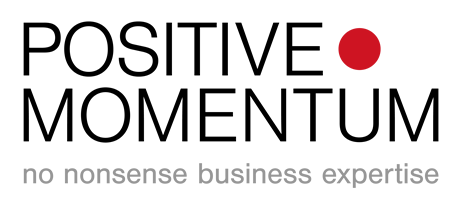Marketing has to work harder to generate leads that Sales will use
Sales people don’t want ‘leads’
No matter what they say, sales people ignore ‘leads’ supplied by Marketing simply because most are unqualified and waste their time. Salespeople are expensive if they’re not selling and it’s no longer cost-effective for Marketing to hand over a load of contacts generated from exhibitions or the website to Sales and walk away.
Find trigger events
Generating leads is like decorating, it’s all in the preparation. Start by researching the client base and building a profile of who bought your offering and why. People avoid change because it’s difficult, so focus on what forced them to change the way they approach the area in which you operate. Use a Case Study structure to ask BGQs (bloody good questions) of both Sales and the client – you can gain the double benefit of a useful sales tool and valuable insight into why clients bought and who were the influencers and decision-makers.
Build a target list
Use the profile to identify similar companies. A list broker will provide core details, but check out each company using tele-research and social media to identify key people whose role and responsibilities match those of your clients.
Don’t try and sell, first ask for their opinion
The clients who made a change decided your product or service would give them a better chance of hitting their objectives. Find out why. Once you know, you need to identify if similar companies are in the same position. Use what clients have told you to frame BGQs to ask prospects from your target list. Stand out from the crowd by not immediately trying to make a sale. Instead, ask for their thoughts and opinion on what’s happening in the market and their help in order to understand how their company is approaching the business challenge your offerings address. A ‘softer’ approach can encourage people to open up and identify the messages and benefits they might look for when considering your type of offering.
Use your client’s language
Every market has key words and phrases it uses as short-hand. Within your own brand tone of voice, use these to identify the value you can deliver – increased sales, lower costs, faster go-to-market – in a short, simple sentence. The results of talking to clients and the companies you researched will help to build your Value Proposition and key messaging. Test it on Sales and clients. Use the feedback to refine the messaging, and then test again.
Agree the definition of a prospect with Sales
Your first target market is Sales so meet their needs by only supplying highly qualified prospects that fit the agreed target criteria. Add to this a simple principle – someone is a qualified prospect only if you or your team have spoken to them, ideally more than once. This refines the prospect organisation profile and clarifies why they are potentially interested in your offering, giving Sales a flying start.
Move from ‘generating leads’ to ‘building prospects’
Sales come from relationships built on demonstrating understanding and value. This is not a one-off exercise, but an on-going process. Develop a regular contact programme, minimum every 3 months, with relevant and useful messages. Follow-up each contact and use this to identify how close each lead is to becoming a genuine new business opportunity. Then hand the Qualified Prospect to Sales with confidence.








